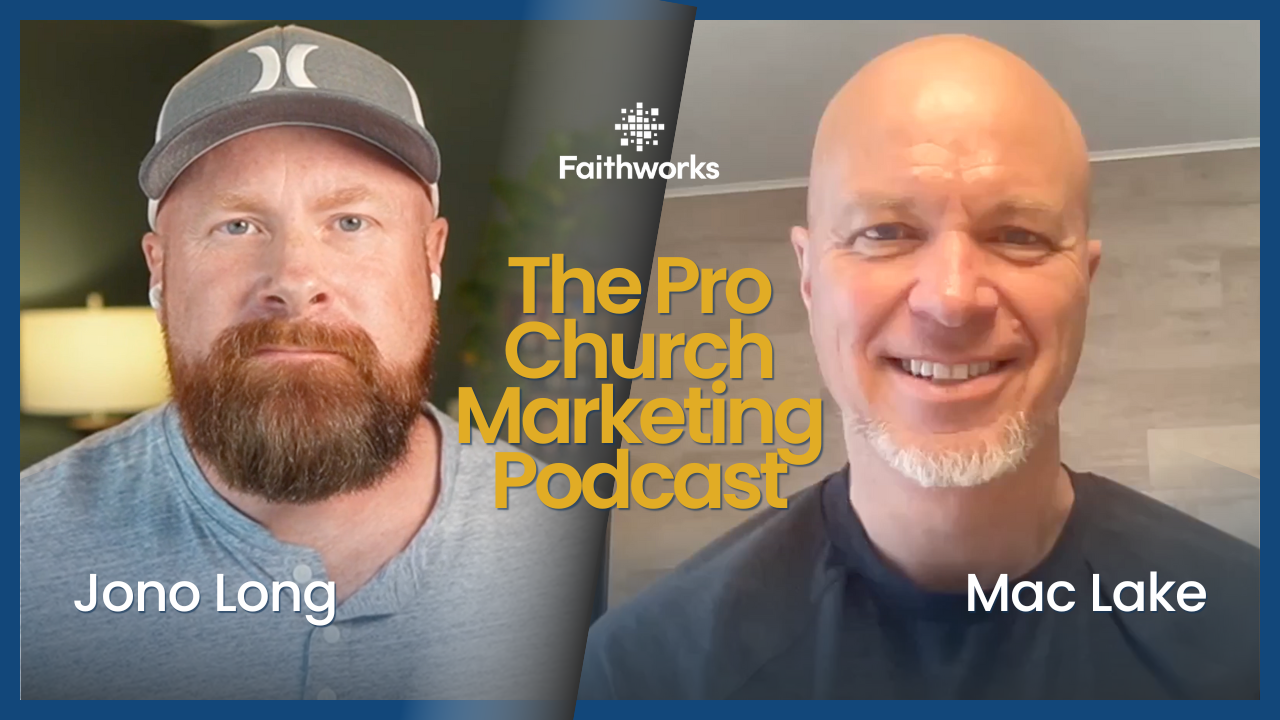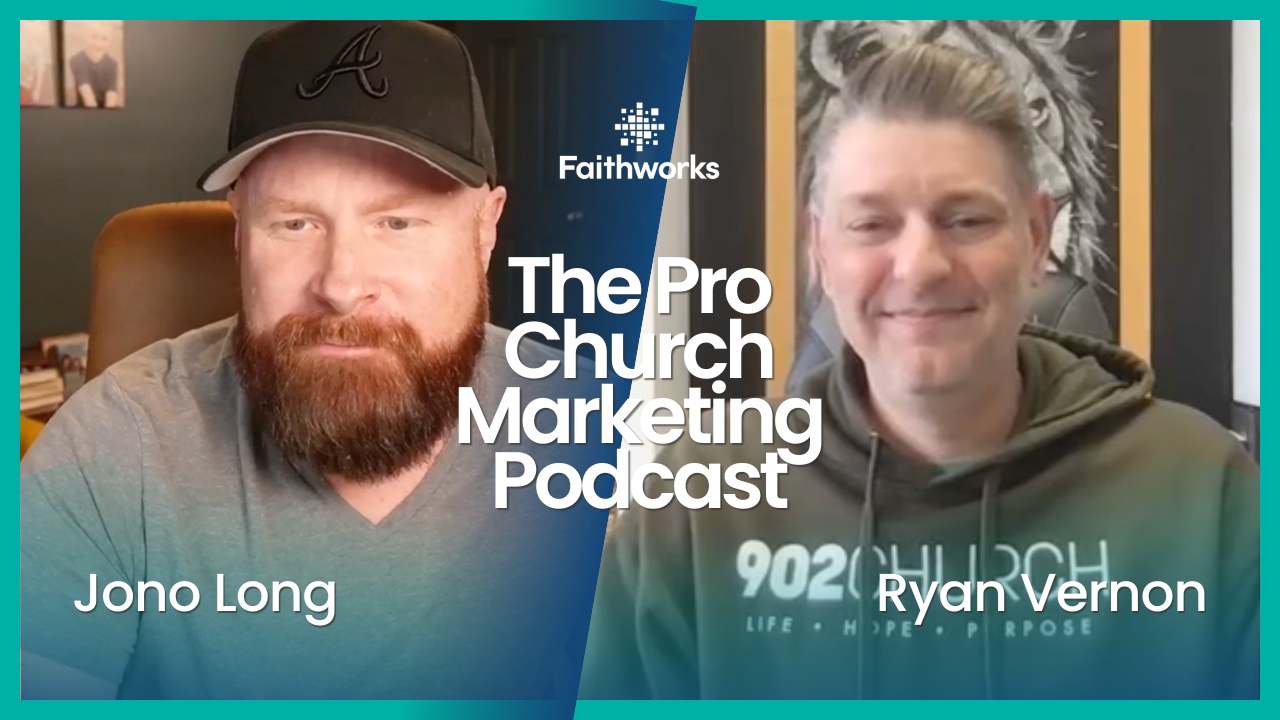Enhancing Non-Profit and Church Website Accessibility
In today's digitally-driven world, having an accessible website is not just a matter of convenience but rather a means of inclusivity, ensuring that all visitors can access and engage with your non-profit or church's content, irrespective of their abilities. Faithworks Marketing in Monroe, GA, is committed to helping non-profit organizations and churches create custom websites that prioritize accessibility and user experience, allowing everyone to participate seamlessly in your mission and message. We strive to create websites tailored specifically to the unique needs of non-profits and churches across the United States, providing comprehensive solutions aimed at increasing traffic and fostering genuine connections.
This blog will focus on enhancing non-profit and church website accessibility, exploring best practices and guidelines aimed at making your online platform inclusive and usable for every visitor. We will delve into intent-driven topics such as following Web Content Accessibility Guidelines (WCAG), optimizing website design for accessibility, adopting inclusive content strategies, and conducting accessibility audits.
Our goal is to provide you with actionable insights and practical tips that will help you make your non-profit or church website more accessible, ensuring that everyone can participate in and benefit from your online offerings. By embracing
website accessibility best practices, you can demonstrate your organization's commitment to inclusivity, reach a larger audience, and make a lasting impact in your community.
Faithworks Marketing in Monroe, GA, is dedicated to guiding your non-profit or church through the process of developing a custom, accessible website that serves the needs of all visitors and amplifies your message. Join us as we explore the world of website accessibility, providing you with the essential knowledge and tools necessary to create an inclusive online platform that fosters connections and transcends barriers.
1. Adhere to Web Content Accessibility Guidelines (WCAG)
The Web Content Accessibility Guidelines (WCAG) is a comprehensive set of guidelines designed to ensure websites meet the various needs of users with disabilities. Following these guidelines can help make your website more accessible for individuals with visual, auditory, cognitive, and motor impairments. Consider these key WCAG areas when developing your accessible website:
- Text alternatives: Provide descriptive text alternatives for non-text content, such as images, audio, and video, ensuring that users relying on assistive technologies can access the information contained in these elements.
- Keyboard accessibility: Ensure that your website can be fully navigated and interacted with using only a keyboard, benefiting users who cannot efficiently use a mouse.
- Consistent navigation: Create a consistent and predictable navigation structure throughout your website, helping users with cognitive impairments locate and access information more easily.
- Text readability: Optimize your website's text readability by using adequate font sizes, colors with high contrast against the background, and line spacing.
By following the WCAG, you can create a more inclusive and accessible environment on your non-profit or church website, catering to diverse audiences and abilities.
2. Optimize Website Design for Accessibility
Your website's design plays a significant role in accessibility, as it impacts the user experience and can either facilitate or hinder access to your content. Keep these design tips in mind when optimizing your website for accessibility:
- Avoid clutter: Create a clean and minimalistic website design, maintaining ample white space to make it visually appealing and easier to navigate for users with cognitive or visual impairments.
- Use descriptive link text: Instead of using generic link phrases like "click here," provide descriptive and meaningful link text that conveys the purpose and destination of the link.
- Customize form elements: Design accessible form elements, such as labels, checkboxes, and input fields, ensuring they are clearly identified and easy to interact with for users with screen readers and other assistive technologies.
- Implement responsive design: Embrace responsive design to ensure your website adapts to various screen sizes and devices, enhancing usability for all users, including those with visual impairments.
By
optimizing your website design with accessibility in mind, you can create a more inclusive platform that fosters a positive user experience for everyone.
3. Adopt Inclusive Content Strategies
An accessible website is not just about design but also requires the utilization of inclusive content strategies to ensure your messaging caters to diverse users and abilities. Implement these practices to create accessible content for your non-profit or church website:
- Use plain language: Craft your content using clear, concise language that avoids jargon or overly complex terminology, benefiting users with cognitive impairments and non-native English speakers.
- Break up content with headings and subheadings: Utilize headings and subheadings to structure your content, making it easier for users with screen readers to navigate and understand the information presented.
- Include captions and transcripts for multimedia content: Provide captions for video content and transcripts for audio content, ensuring individuals with hearing impairments can access the information conveyed.
- Offer content in multiple formats: Consider offering your content in multiple formats, such as text, audio, video, or even braille, to cater to users with various abilities and preferences.
Incorporating inclusive content strategies allows you to engage and connect with a broader audience, ensuring that your message resonates with everyone.
4. Conduct Accessibility Audits
Regularly evaluating your non-profit or church website's accessibility is crucial for identifying areas for improvement and ensuring compliance with WCAG guidelines. Implement the following best practices to conduct accessibility audits:
- Use automated testing tools: Utilize automated accessibility testing tools, such as WAVE or Lighthouse, to identify potential accessibility issues and receive actionable insights for improvements.
- Perform manual testing: Supplement automated testing with manual testing, which involves navigating your website using only a keyboard, screen reader, or other assistive technologies, to gain a thorough understanding of any accessibility barriers.
- Consult with experts and users: Seek input from accessibility experts and users with disabilities to gain valuable insights into how your website can be improved to cater to their unique needs.
By regularly conducting accessibility audits and implementing the recommended improvements, you can ensure your website remains compliant and accessible to all users.
Conclusion
Creating an accessible non-profit or church website is essential for fostering an inclusive online environment and ensuring your valuable message reaches everyone. By adopting WCAG guidelines, optimizing your website design, implementing inclusive content strategies, and conducting periodic accessibility audits, you can develop an engaging and user-friendly website that caters to diverse audiences and abilities.
Contact Faithworks Marketing in Monroe, GA, now to receive expert
web design for non-profit organizations. Our team will work with you to create a custom, accessible website that effectively communicates your message, mission, and values while empowering visitors to engage with your cause.
Latest Posts












